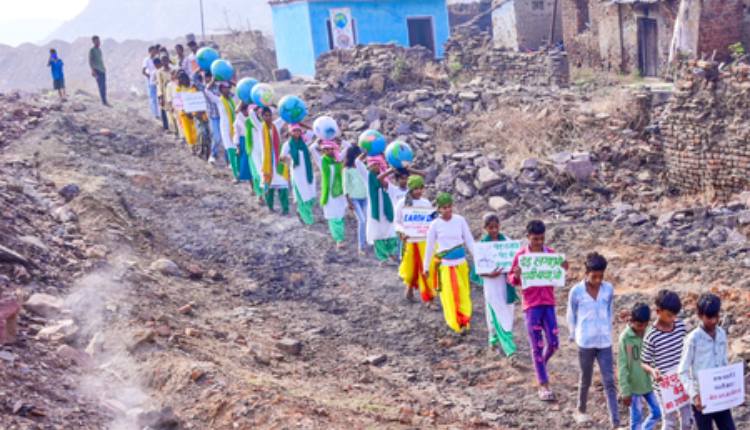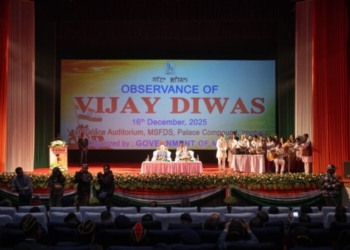New Delhi: The Cabinet Committee on Economic Affairs, chaired by Prime Minister Narendra Modi, on Wednesday gave the go-ahead for the Rs 5,940.47 crore revised Jharia Master Plan aimed at addressing issues related to fire, land subsidence, and the rehabilitation of affected families in the Jharia Coalfield.
The phase-wise approach will ensure that handling of fire and subsidence, and rehabilitation of the affected families will be done on a priority basis from the most vulnerable sites, according to a statement issued after the CCEA meeting.
The revised Jharia Master Plan (JMP) lays a much stronger emphasis on sustainable livelihood generation for families being resettled under the plan. Targeted skill development programmes are to be undertaken, and income-generating opportunities will be created to ensure economic self-reliance of the rehabilitated families.
Furthermore, a livelihood grant of Rs 1 lakh and access to credit support of up to Rs 3 lakh through an institutional credit pipeline will be extended to both Legal Title Holder families and Non-Legal Title Holder families, the official statement explained.
In addition, comprehensive infrastructure and essential amenities—such as roads, electricity, water supply, sewerage, schools, hospitals, skill development centres, community halls, and other common facilities—are to be developed at the resettlement sites. These provisions will be implemented as per the recommendations of the Committee for Implementation of the Revised Jharia Master Plan, ensuring a holistic and humane rehabilitation approach, the statement said.
As part of the livelihood support measures, a dedicated Jharia Alternative Livelihoods Rehabilitation Fund is to be established to promote livelihood-related activities. Skill development initiatives will also be carried out in collaboration with Multi Skill Development Institutes operating in the region, the statement added.
The Jharia coalfield in Jharkhand, India, faces severe problems due to long-standing underground coal fires, land subsidence, and associated environmental and health hazards. These issues stem from historical mining practices and the inherent risks of mining coal deposits in the region.
Underground mining activities, coupled with the fires, lead to land subsidence, where the surface land collapses or sinks. This poses a direct threat to residents and infrastructure.
(IANS)
















